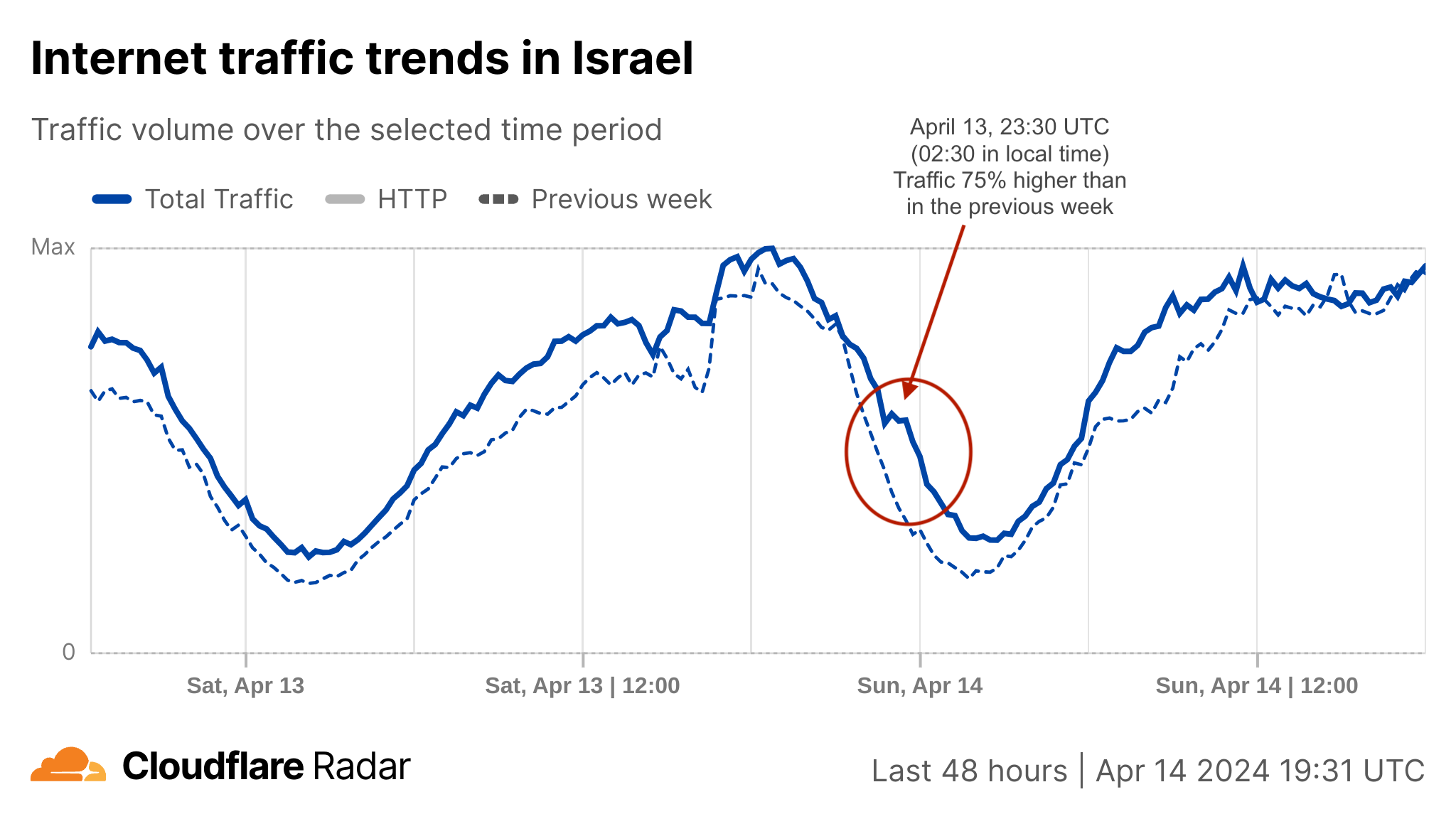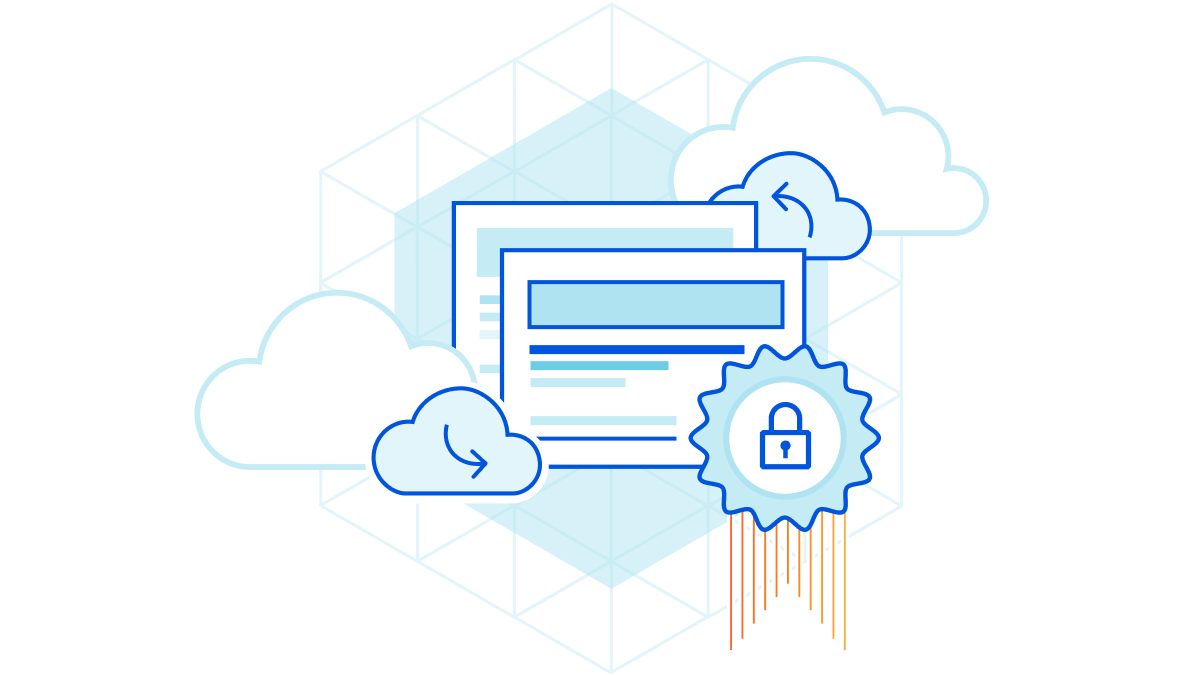Unintended Consequences of IPv6 SLAAC
One of my friends is running a large IPv6 network and has already experienced a shortage of IPv6 neighbor cache on some of his switches. Digging deeper into the root causes, he discovered:
In my larger environments, I see significant neighbor table cache entries, especially on network segments with hosts that make many long-term connections. These hosts have 10 to 20 addresses that maintain state over days or weeks to accomplish their processes.
What’s going on? A perfect storm of numerous unrelated annoyances:





